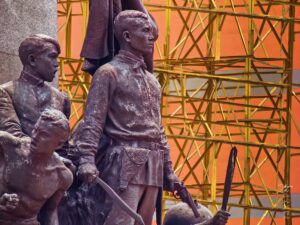
Bonifacio Monumento: A Towering Tribute to Philippine Heroism
The Bonifacio Monument, also called Bonifacio Monumento or Monumento, proudly stands in Caloocan City, Metro Manila. It is a powerful symbol created by the National
Binondo Church, officially known as the Minor Basilica and National Shrine of Saint Lorenzo Ruiz, and also referred to as Our Lady of the Most Holy Rosary Parish, is situated in the Binondo district of Manila, overlooking Plaza San Lorenzo Ruiz. Established in 1596 by Dominican missionaries, the church was created to serve the growing Chinese Christian community and native Filipinos. This initiative came as a response to the increased presence of Chinese traders in Manila, which grew with Spanish colonization and heightened trade.
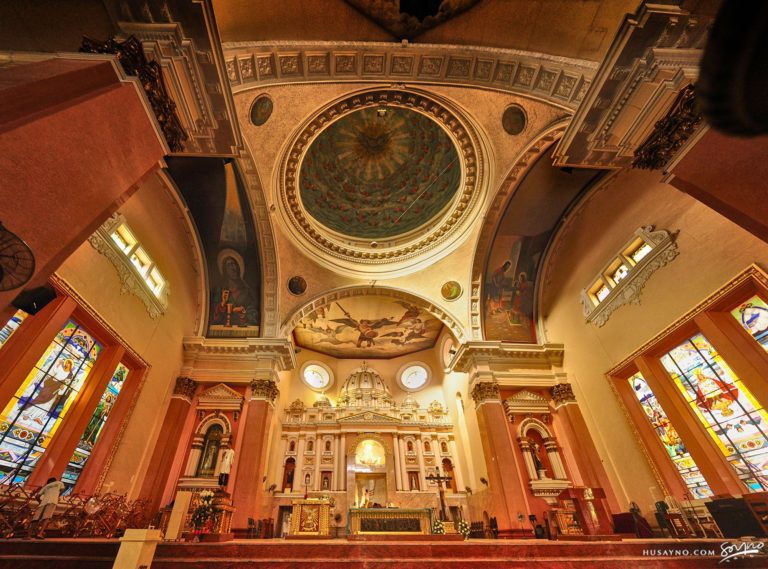
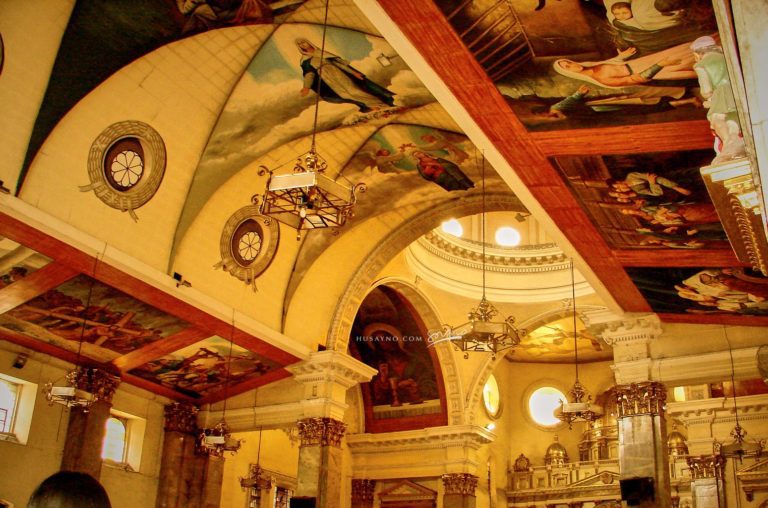
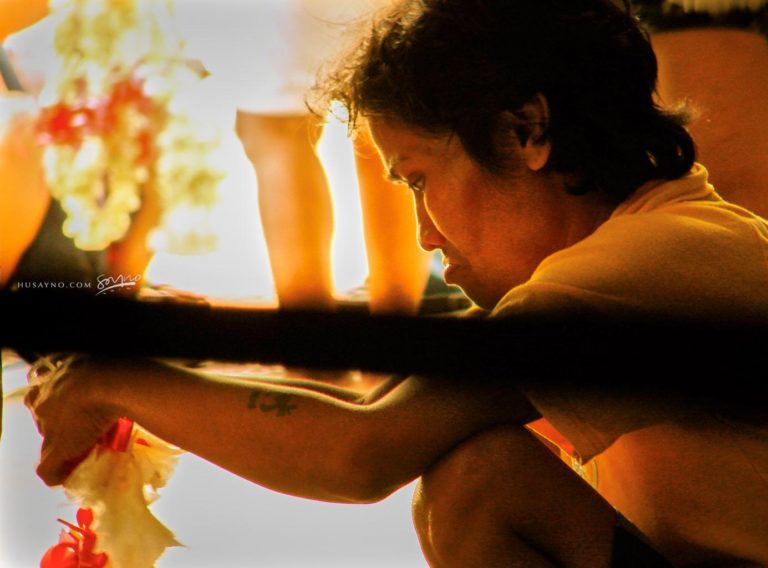
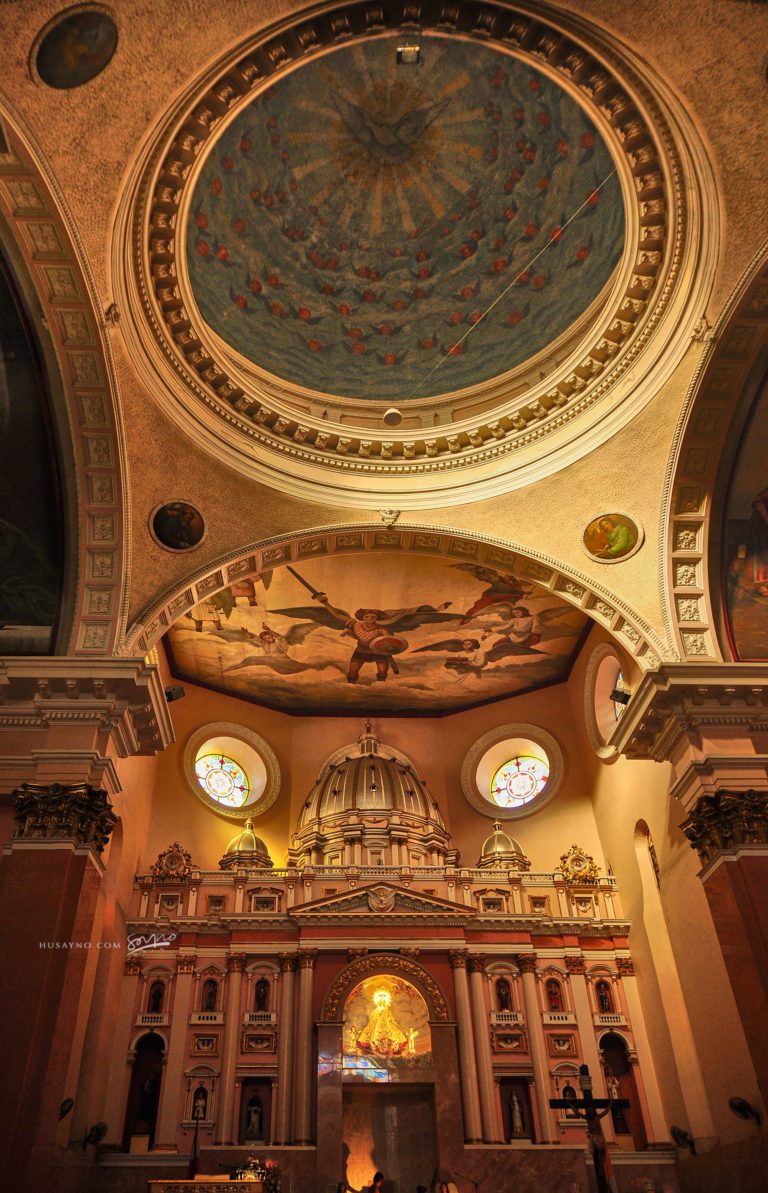
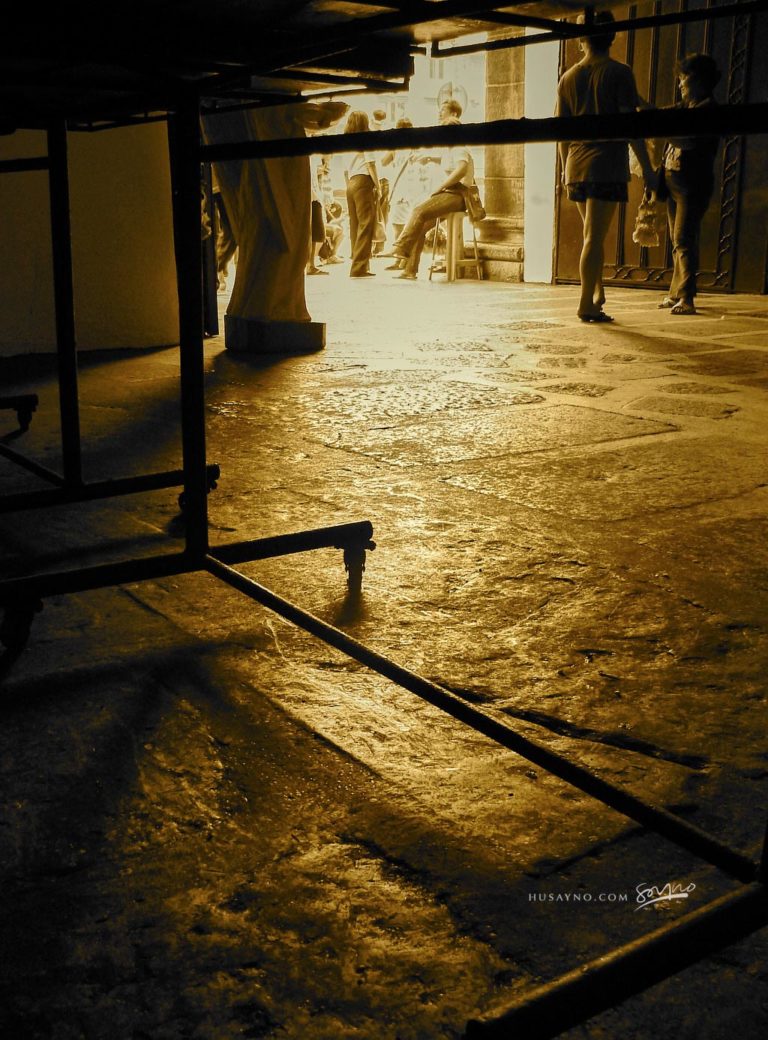
The church’s history reflects its adaptation to the changing needs and challenges of its congregation. Originally constructed by 1614, it was relocated in the 18th century to better serve its expanding congregation. Over the centuries, the church faced numerous trials, including being burned during the British invasion of 1762 and further damaged by an earthquake in 1863. Despite these adversities, the church was rebuilt with remarkable grandeur, eventually becoming renowned as one of the most beautiful churches in the Philippines before the outbreak of World War II.
The present granite structure, completed in 1852, features a distinctive octagonal bell tower with pagoda-like elements, reflecting the Chinese heritage of its parishioners. This bell tower originally had five stories and included a mirador (viewing window) at the top, though it was destroyed in the 1863 earthquake. The design elements highlight the church’s integration of local cultural influences, aligning with the traditions and aesthetics of its community.
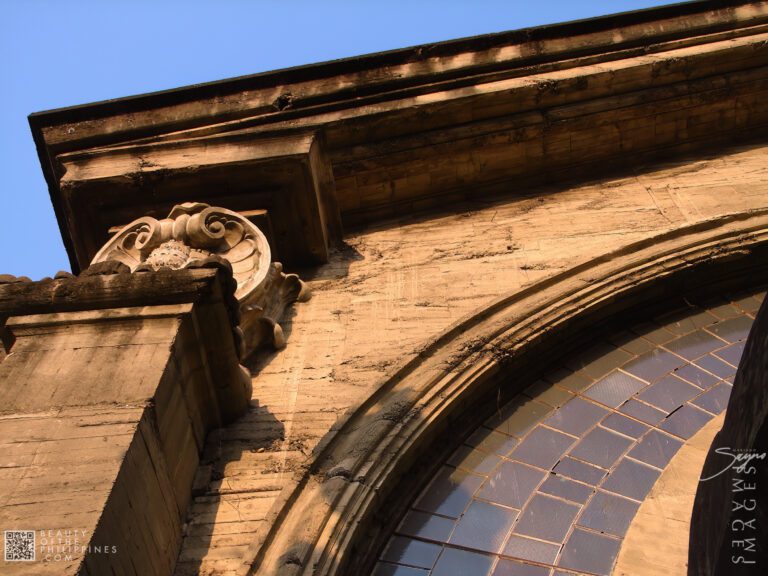
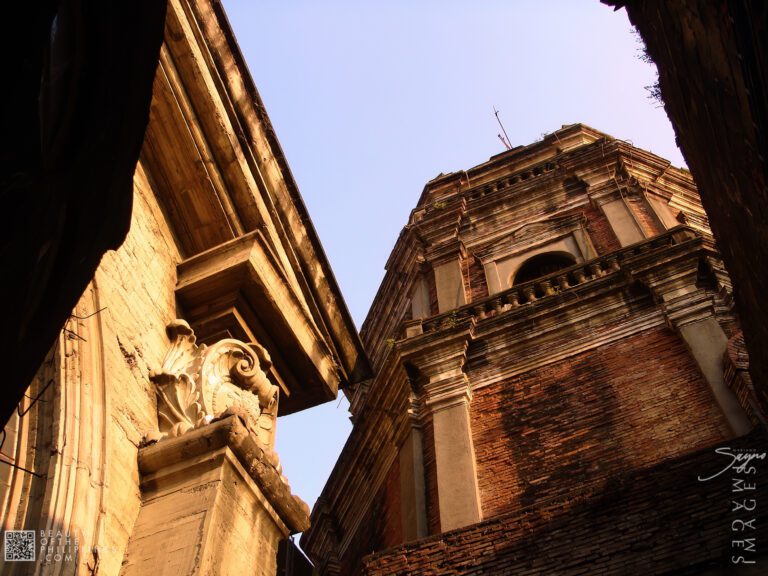
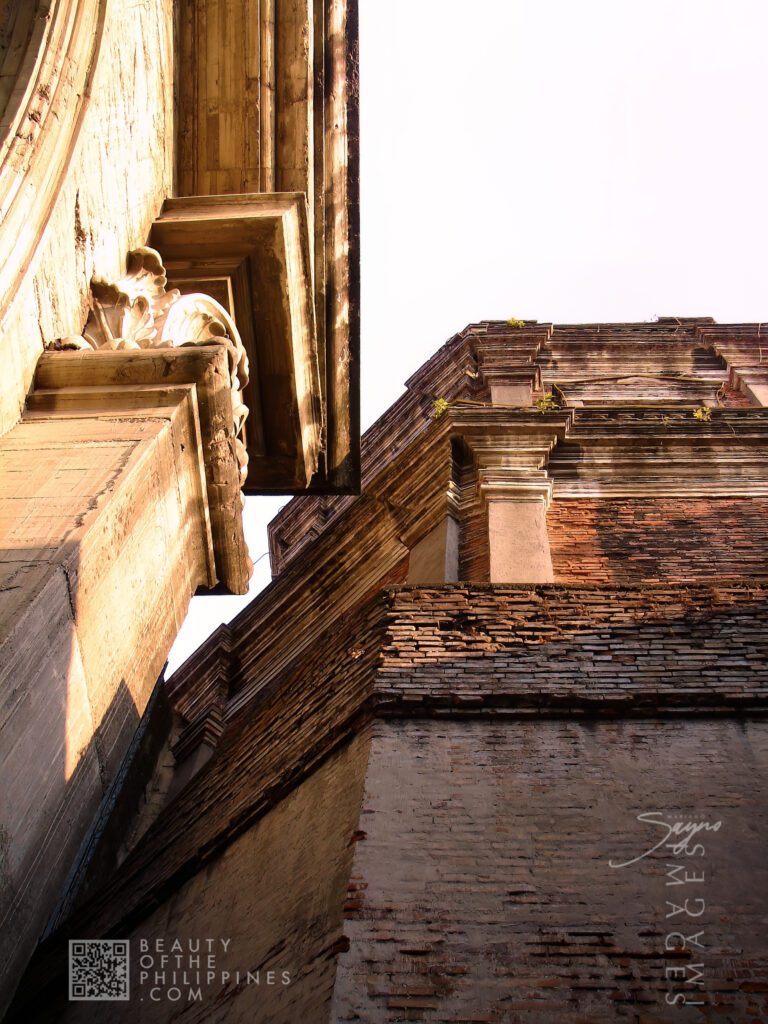
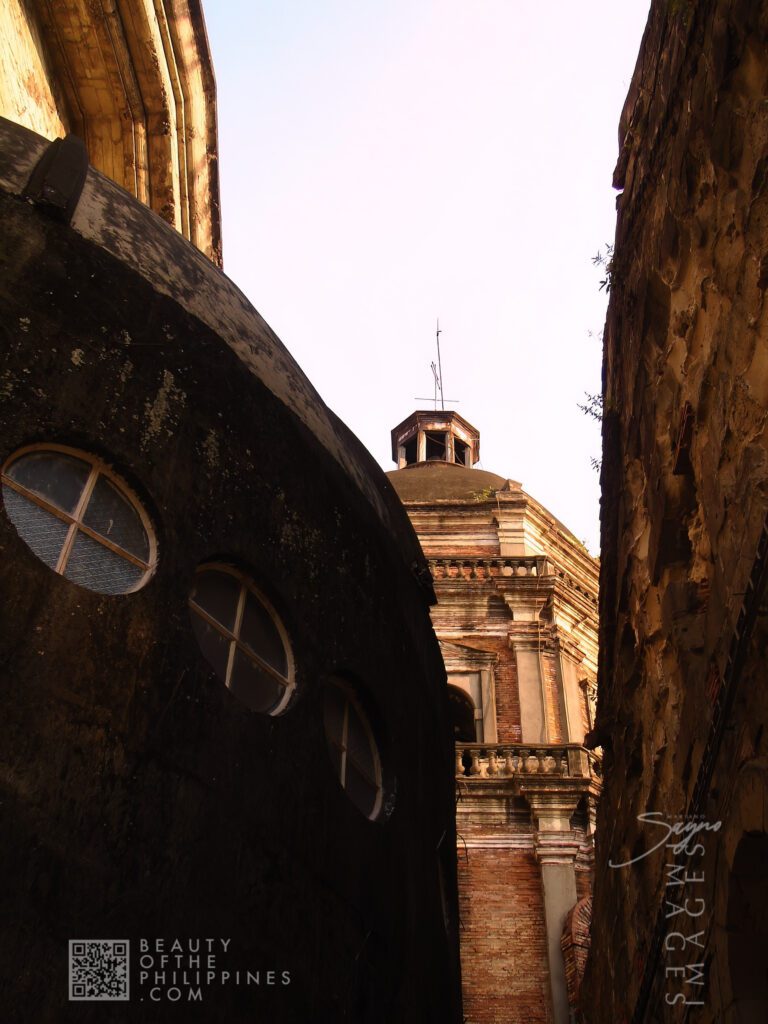
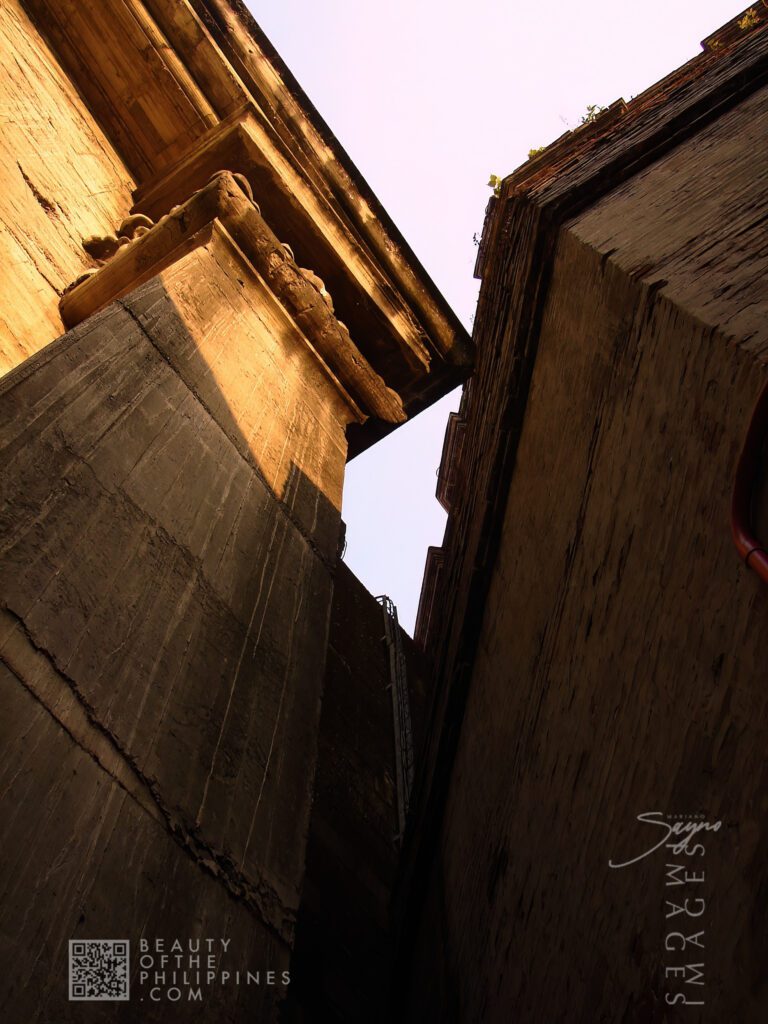
The church’s resilience through various historical events is a testament to its significance. It suffered severe damage during American bombing on September 22, 1944, which destroyed much of the structure and consumed parish archives. For several years, parishioners had to make do with a roofless church until reconstruction efforts began in the 1950s. The church and convent underwent further renovations from 1946 to 1971, ensuring its preservation and continued importance to the local community.
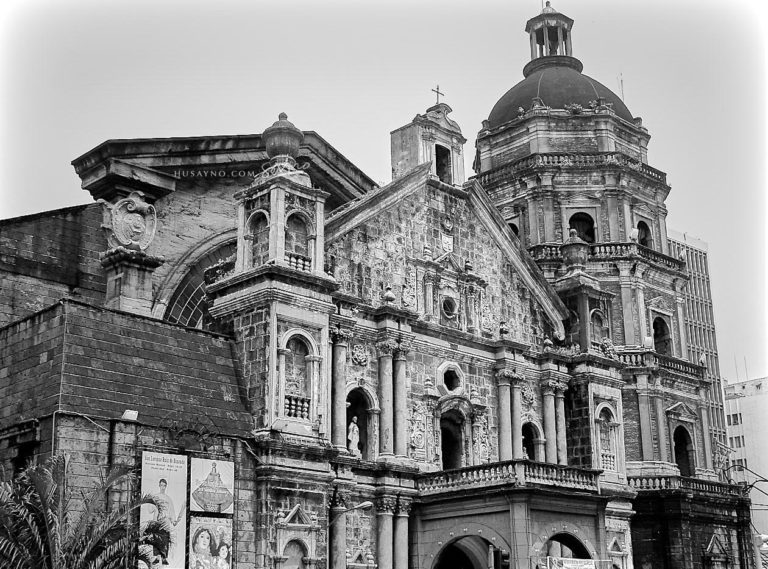
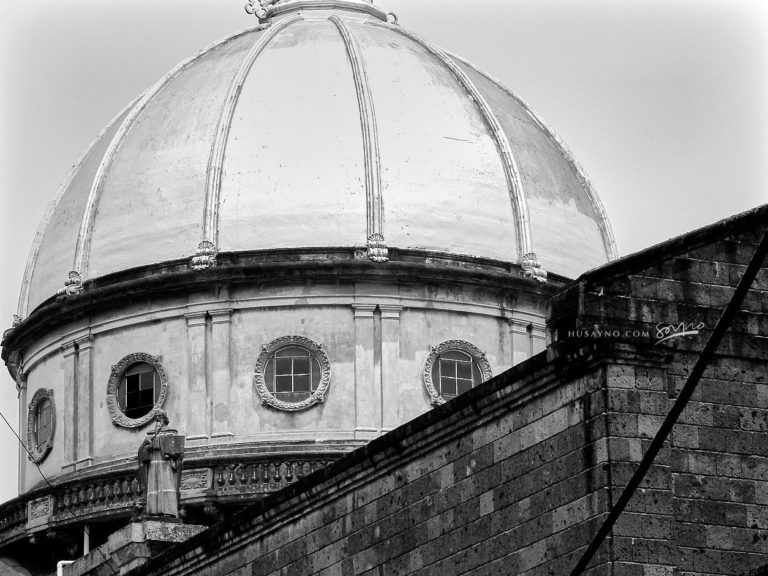
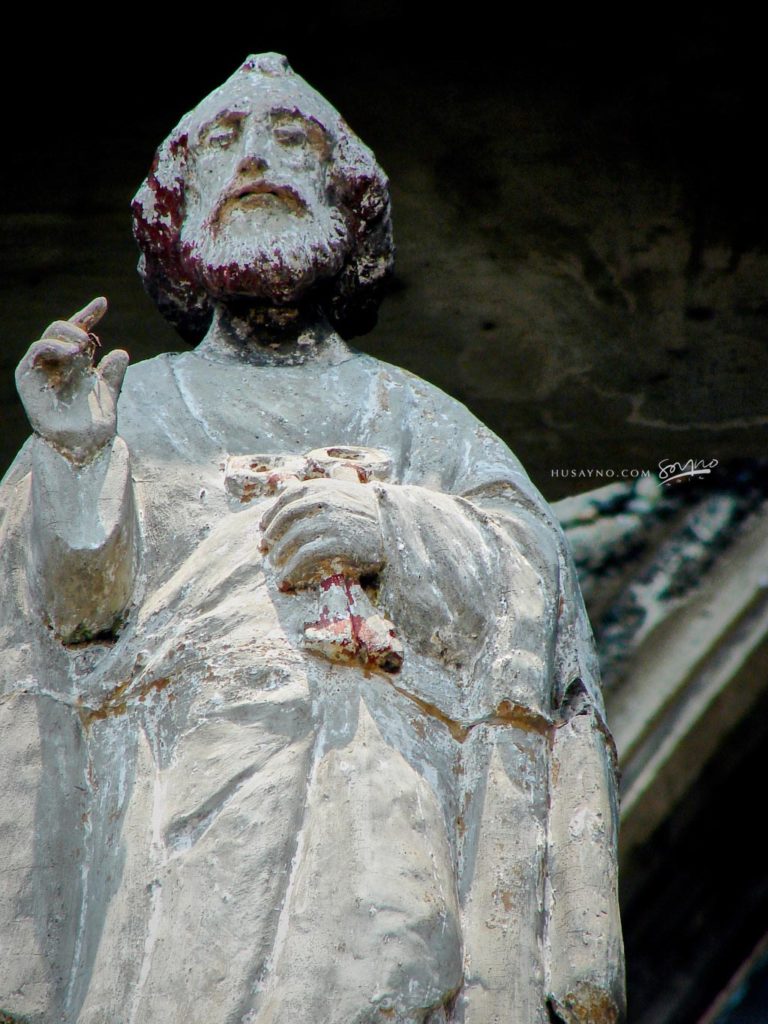
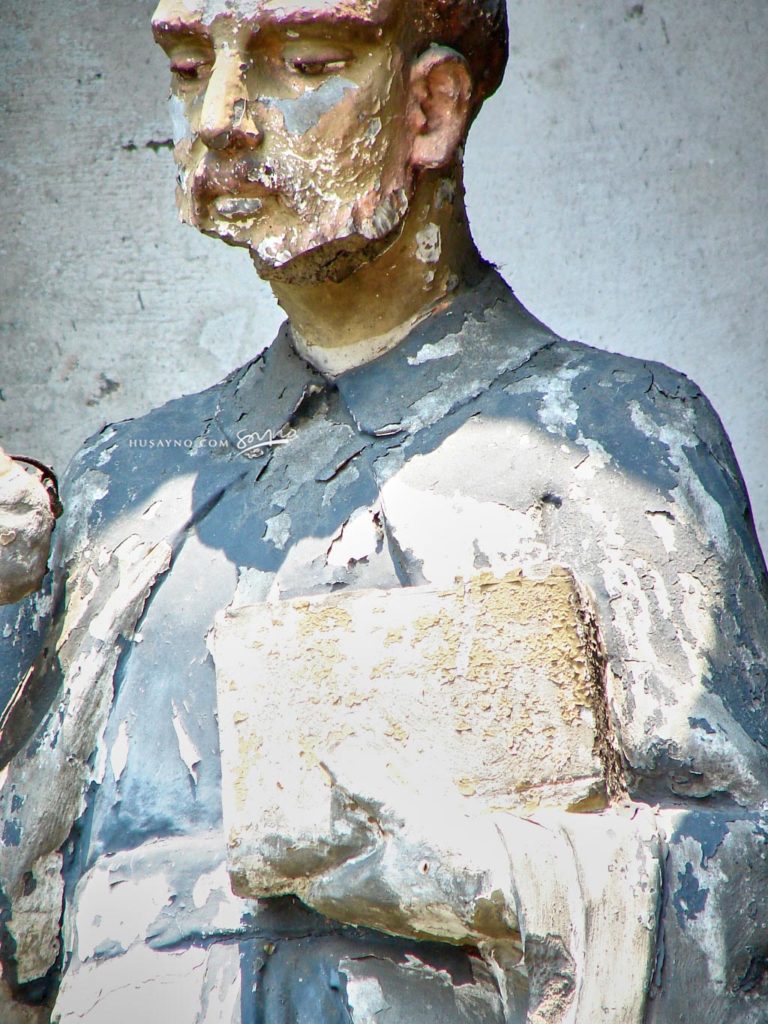
The church’s main altar is inspired by the façade of St. Peter’s Basilica in Vatican City, showcasing a blend of architectural influences that merge local and international styles. The façade, which has undergone some renovations, reflects elements of Italian High Renaissance design. It is flanked by pilasters adorned with urn-like decorations and features a prominent tower at the pediment’s apex. A small circular window, framed by columns and a foliated scroll, is positioned along the central axis of the pediment.
The large, octagonal bell tower stands out on the right side of the façade, characterized by cantons at its angles and pedimented window openings. This architectural feature emphasizes the church’s unique design and its connection to the cultural heritage of its parishioners. The combination of these elements creates a visually striking and historically significant structure that continues to be a centerpiece of the Binondo district.


In March 1893 or 1894, Binondo Church was the site of the marriage between Andrés Bonifacio, a pivotal figure in the Philippine Revolution, and his second wife, Gregoria de Jesús. This Catholic ceremony followed their initial marriage under the Katipunan, the revolutionary society led by Bonifacio. Their union at the church symbolizes a significant moment in Philippine history, intertwining personal and national narratives.
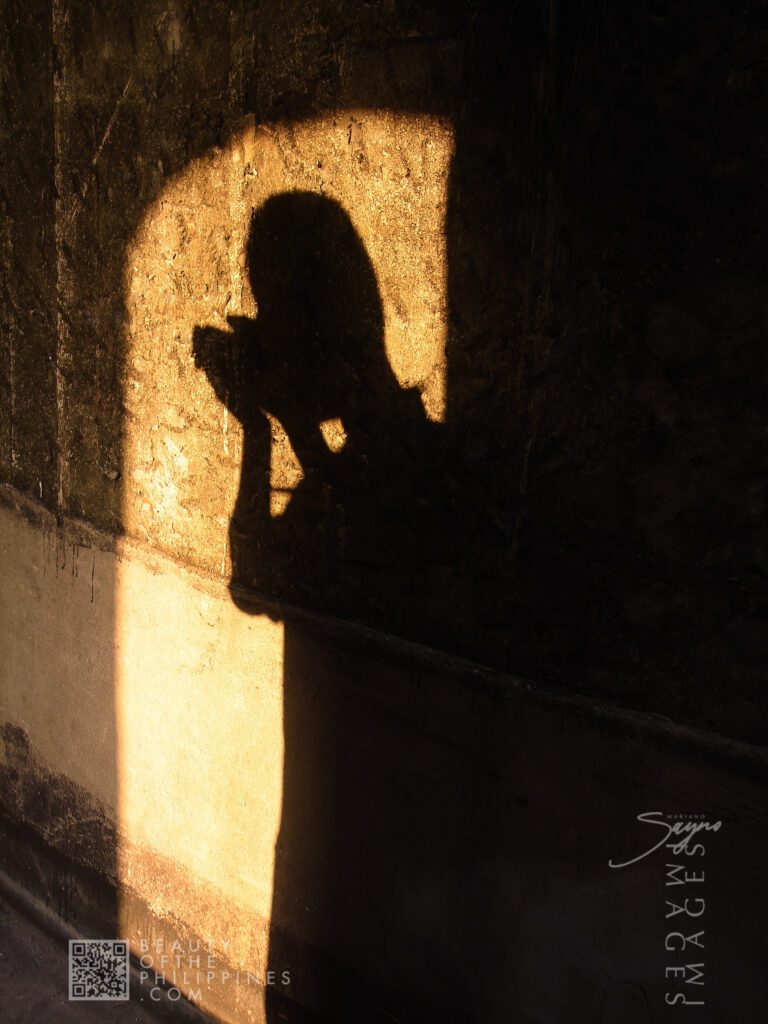
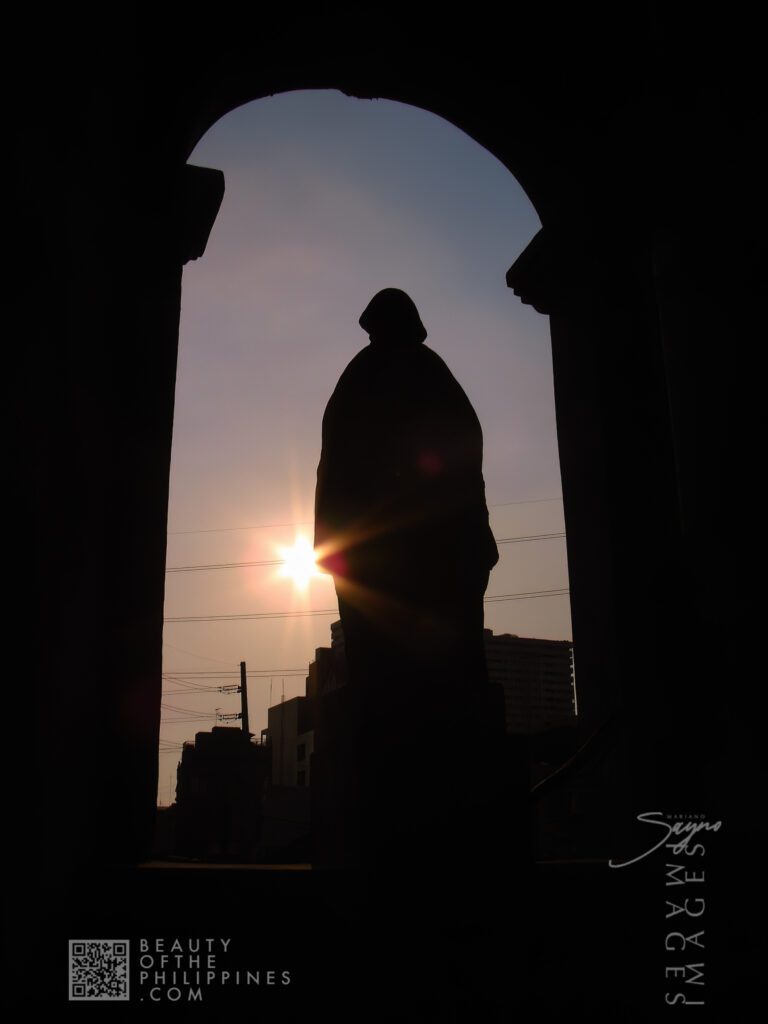
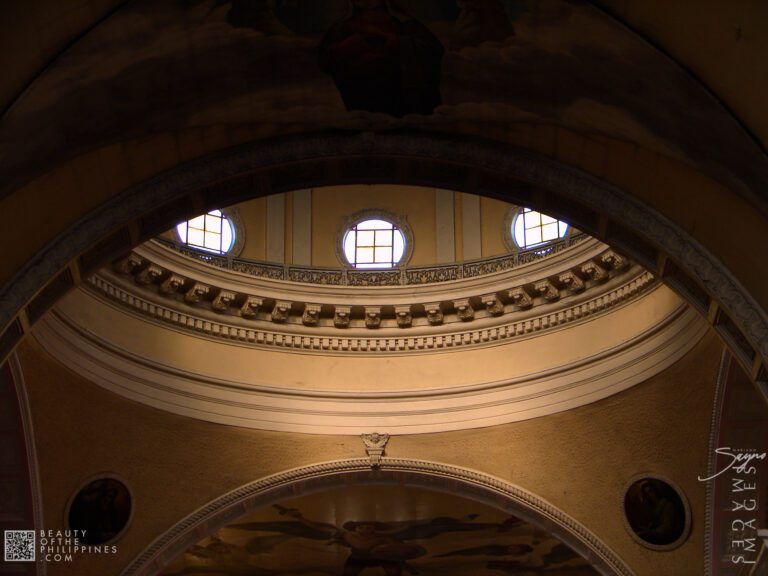
The church’s role as a witness to key historical events underscores its importance not only as a place of worship but also as a historical landmark. It has been a witness to the evolving socio-political landscape of the Philippines, reflecting both local and national historical developments through its significant events and transformations.
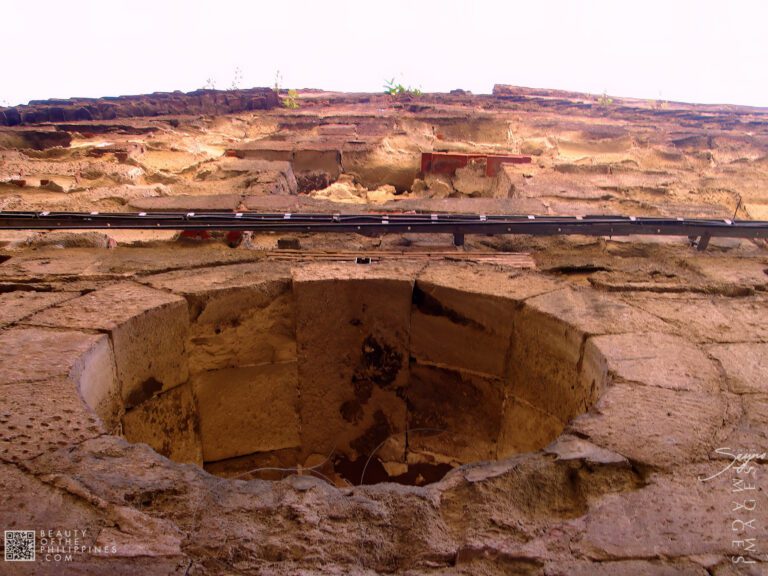
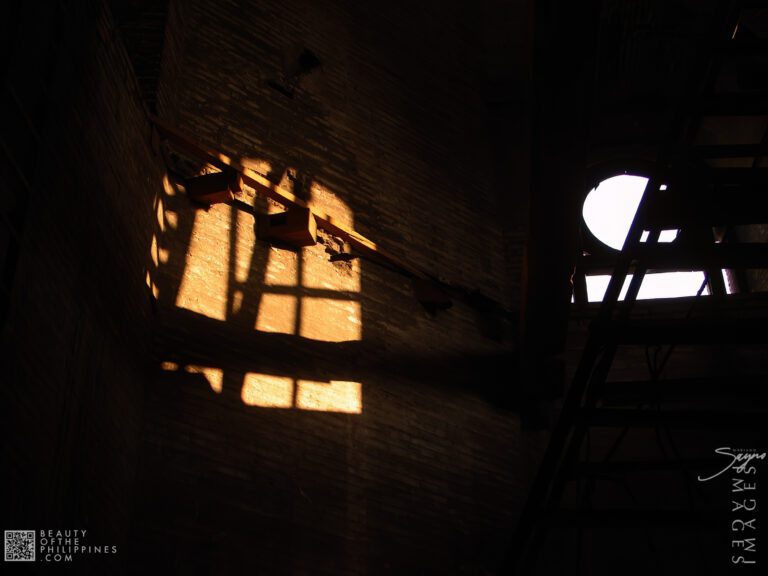
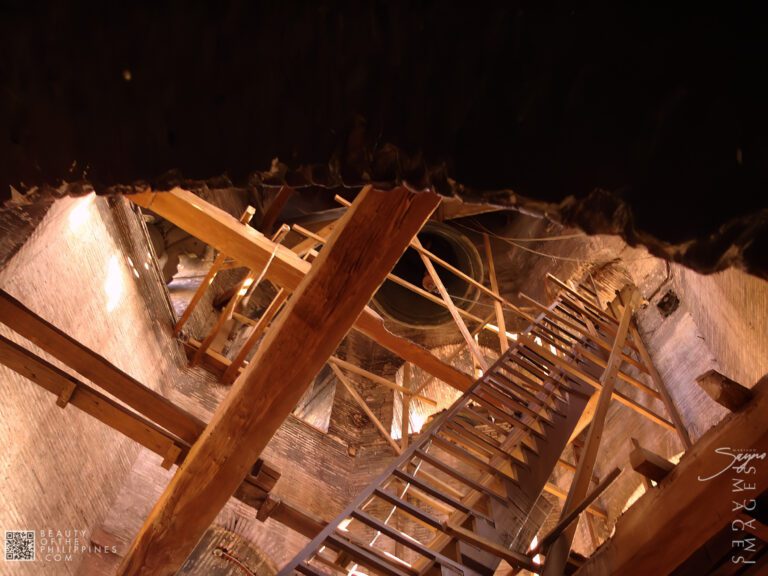
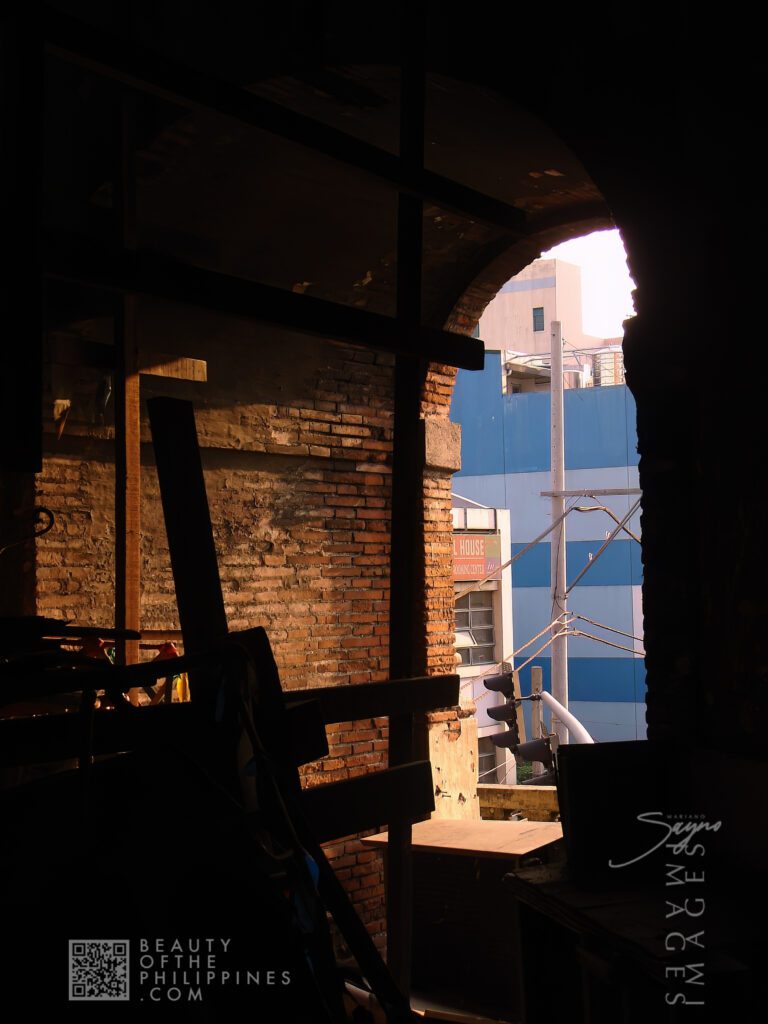
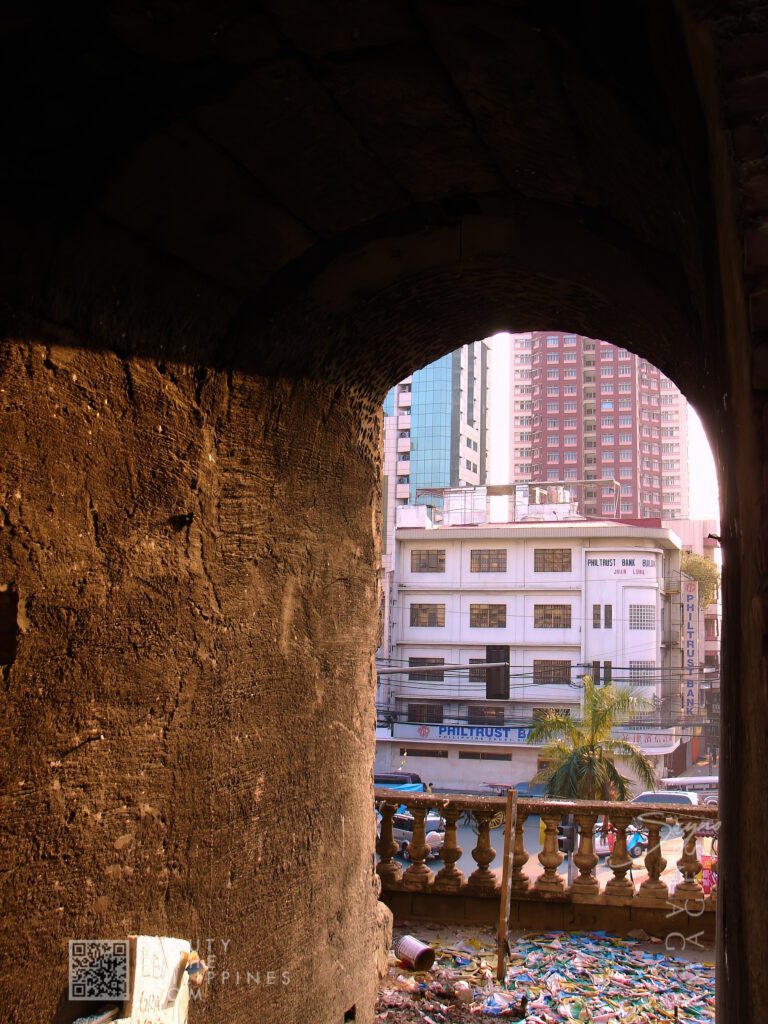
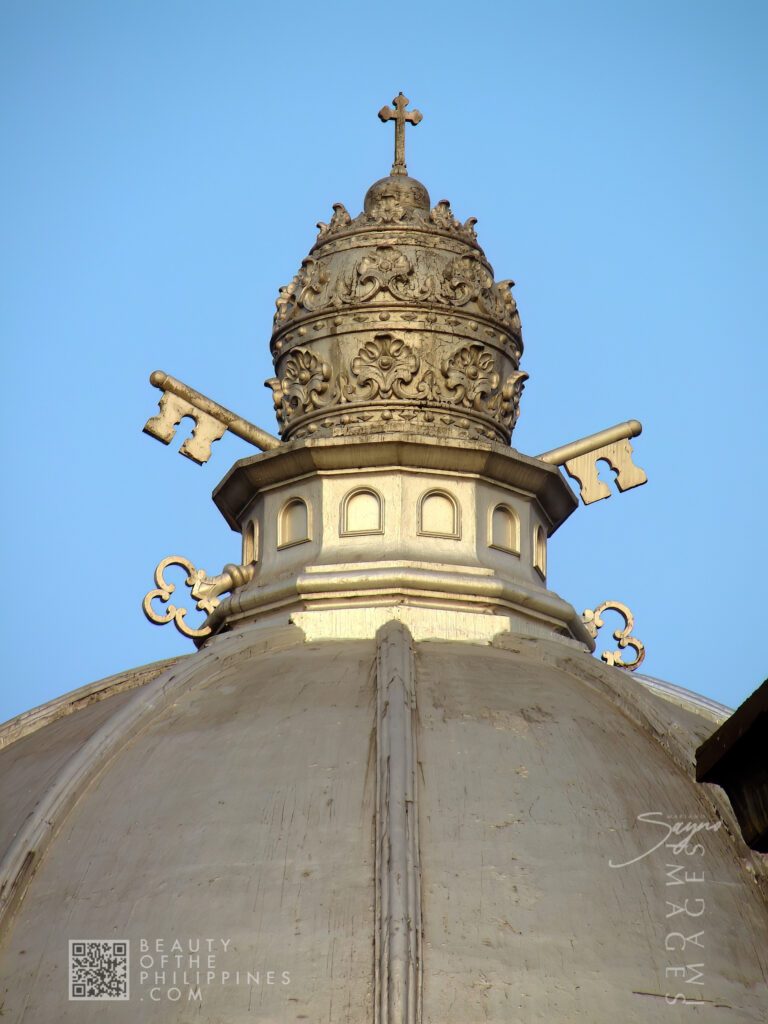
RELATED STORIES

The Bonifacio Monument, also called Bonifacio Monumento or Monumento, proudly stands in Caloocan City, Metro Manila. It is a powerful symbol created by the National
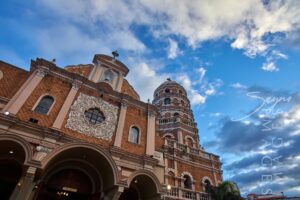
If you’re wandering through the heart of Manila and looking for a place where stories linger and time seems to slow down, Santa Cruz Church
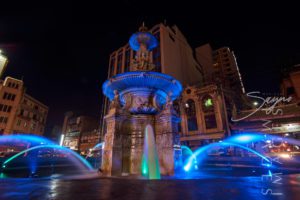
If you’re ever wandering through the lively streets of Manila, one of the city’s must-see spots is the iconic Carriedo Fountain. Nestled in the heart
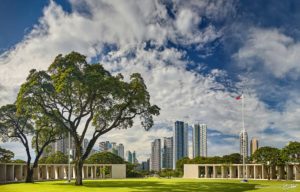
Manila American Cemetery and Memorial is located in the heart of Taguig City on the lands of Fort Bonifacio and serves as the largest grave
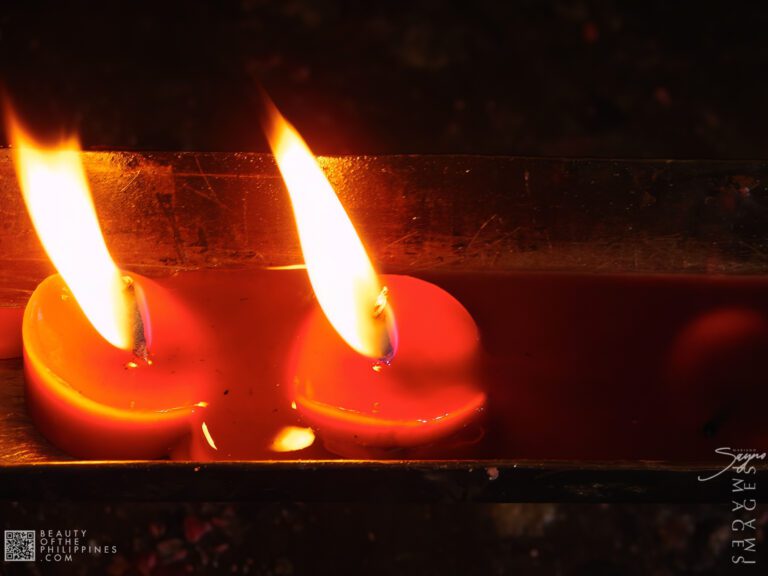
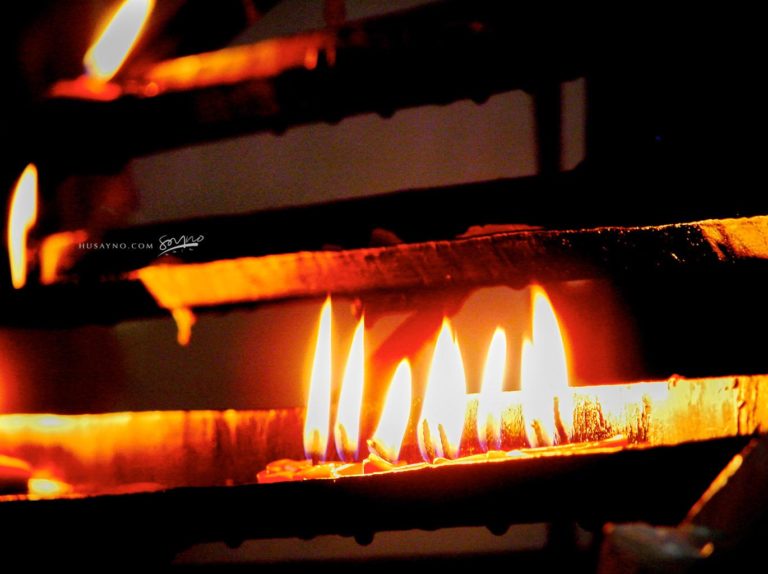
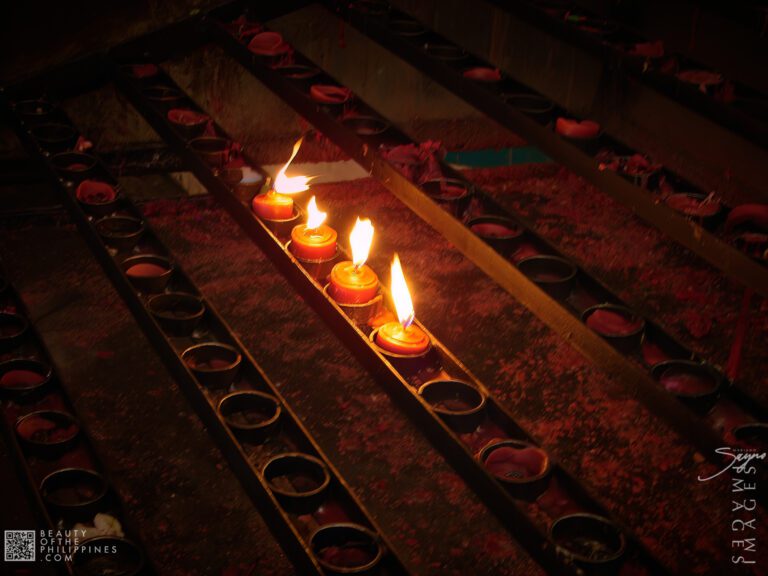
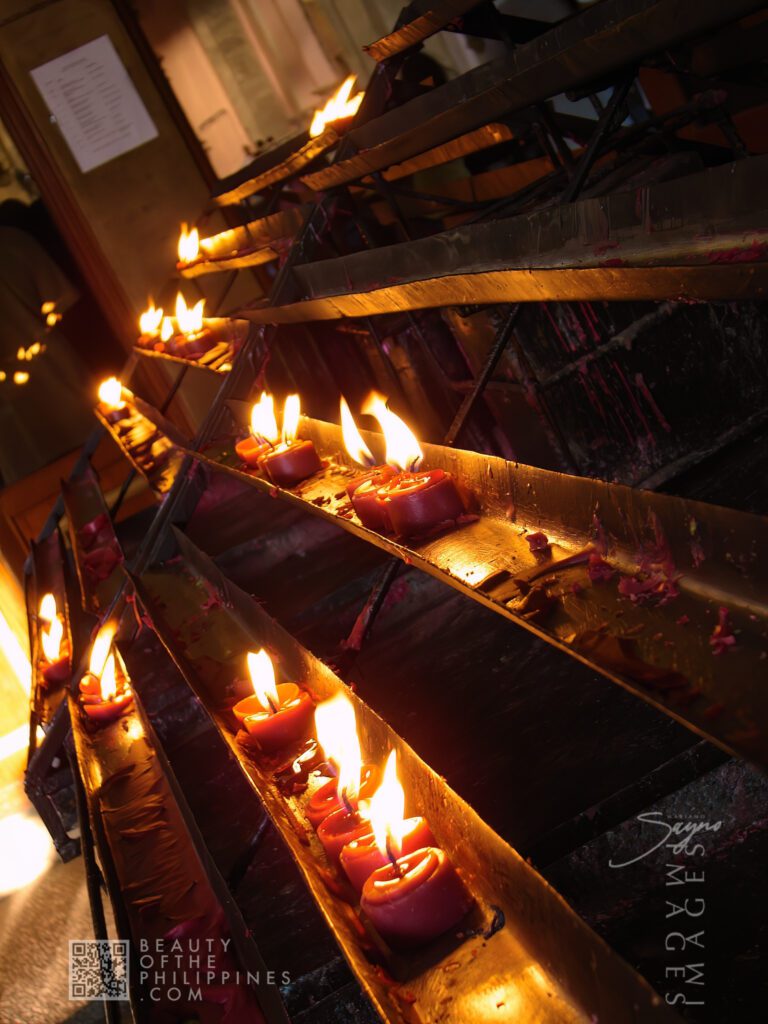
The devastation of Binondo Church during American bombing on September 22, 1944, marked a dark chapter in its history. The bombing destroyed much of the church’s structure and consumed valuable parish archives, leaving only the stone walls and the fire-damaged bell tower intact. This destruction was a significant loss, but it also set the stage for the church’s eventual restoration.
Following the war, parishioners endured several years with a roofless church until reconstruction efforts began in the 1950s. The restoration work, completed with further renovations from 1946 to 1971, was crucial in preserving the church’s historical and architectural legacy. The efforts ensured that Binondo Church could continue serving its community and maintaining its place as a cherished landmark.
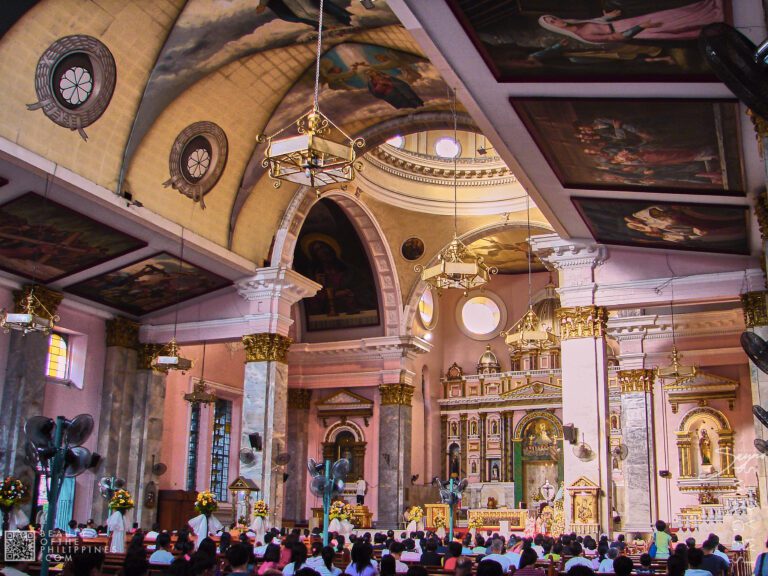
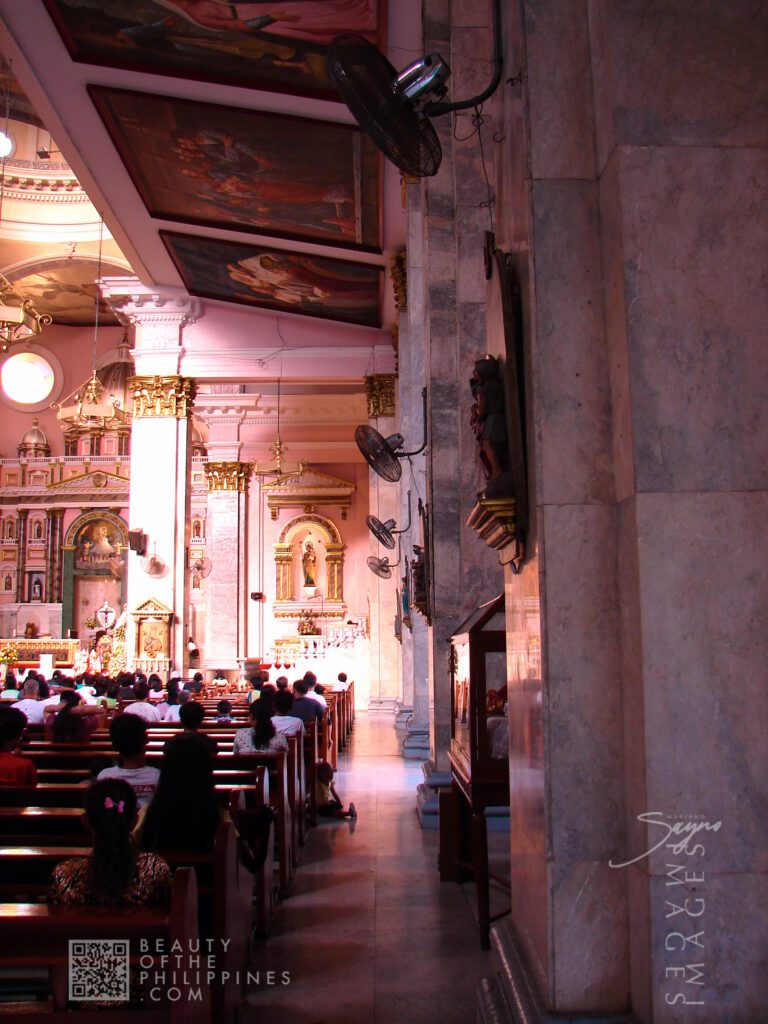
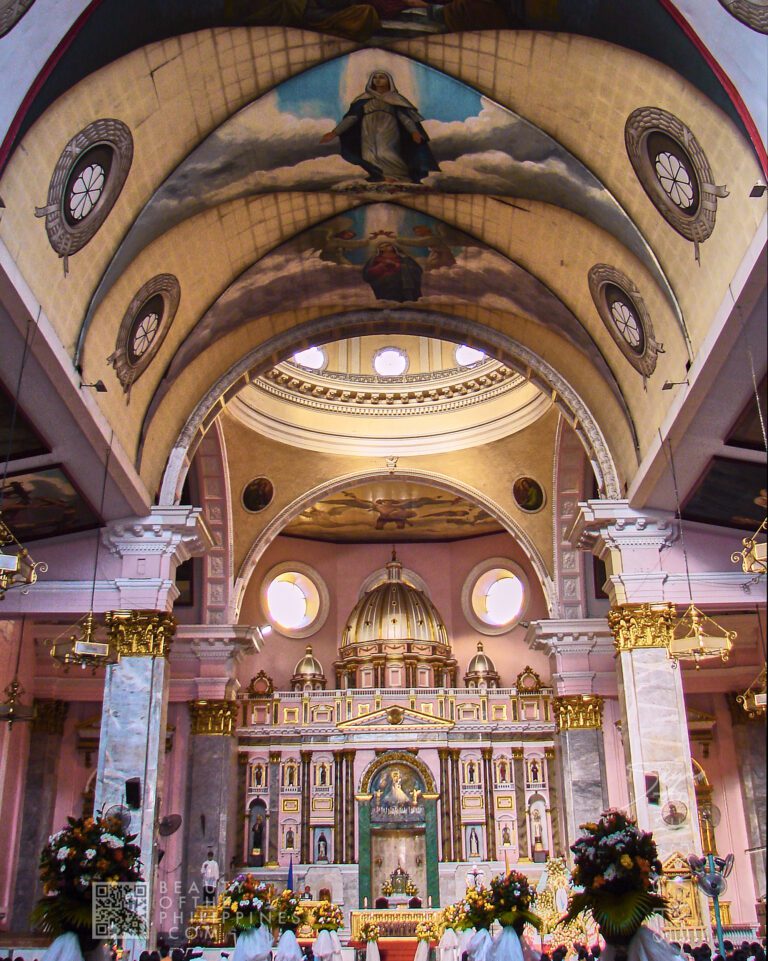
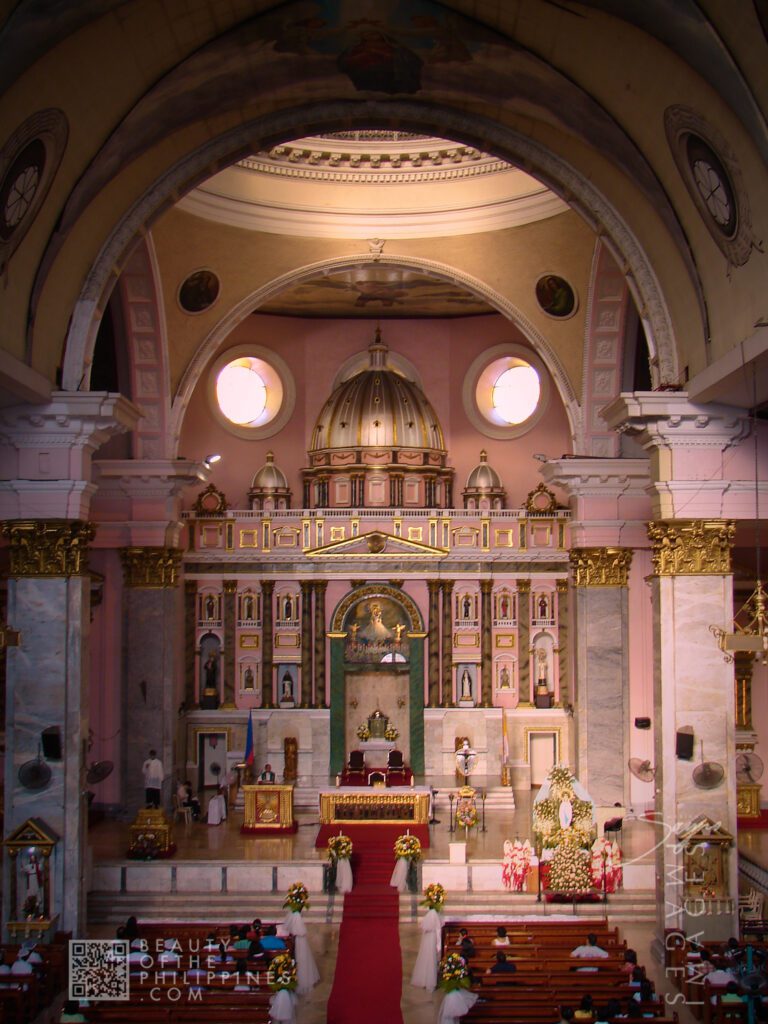
On July 23, 1992, Pope John Paul II approved the elevation of Binondo Church to the status of a minor basilica, formally recognizing its historical and cultural significance. This elevation was a significant milestone for the church, reflecting its importance in both the local and global Catholic communities.
The formal declaration of the church as a minor basilica took place on October 25, 1992, by then-Manila Archbishop Cardinal Jaime Sin. This honor highlighted the church’s enduring legacy and its role as a center of spiritual and cultural heritage. The recognition underscored the church’s continued relevance and its status as a prominent religious site.
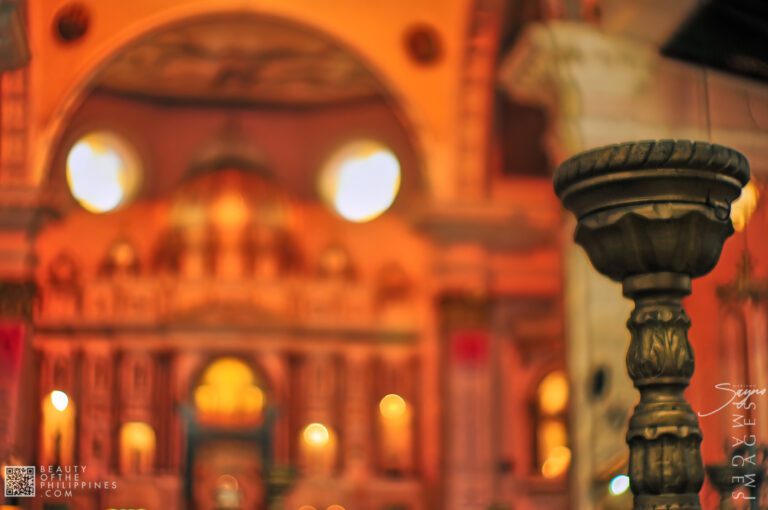
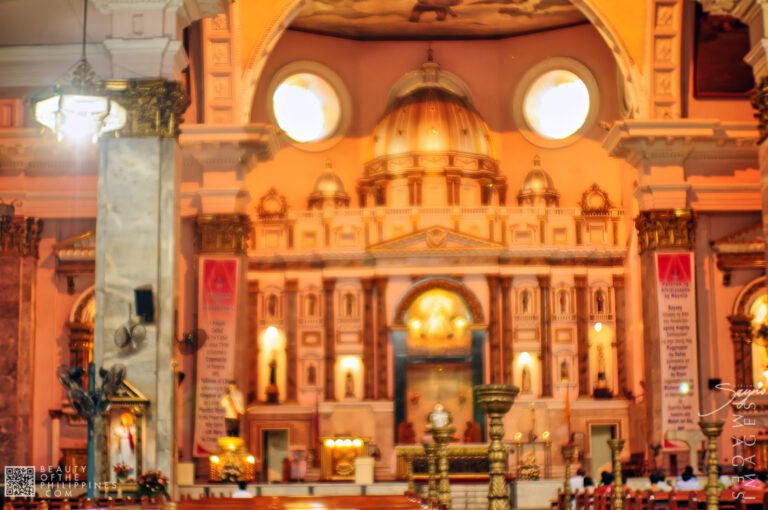
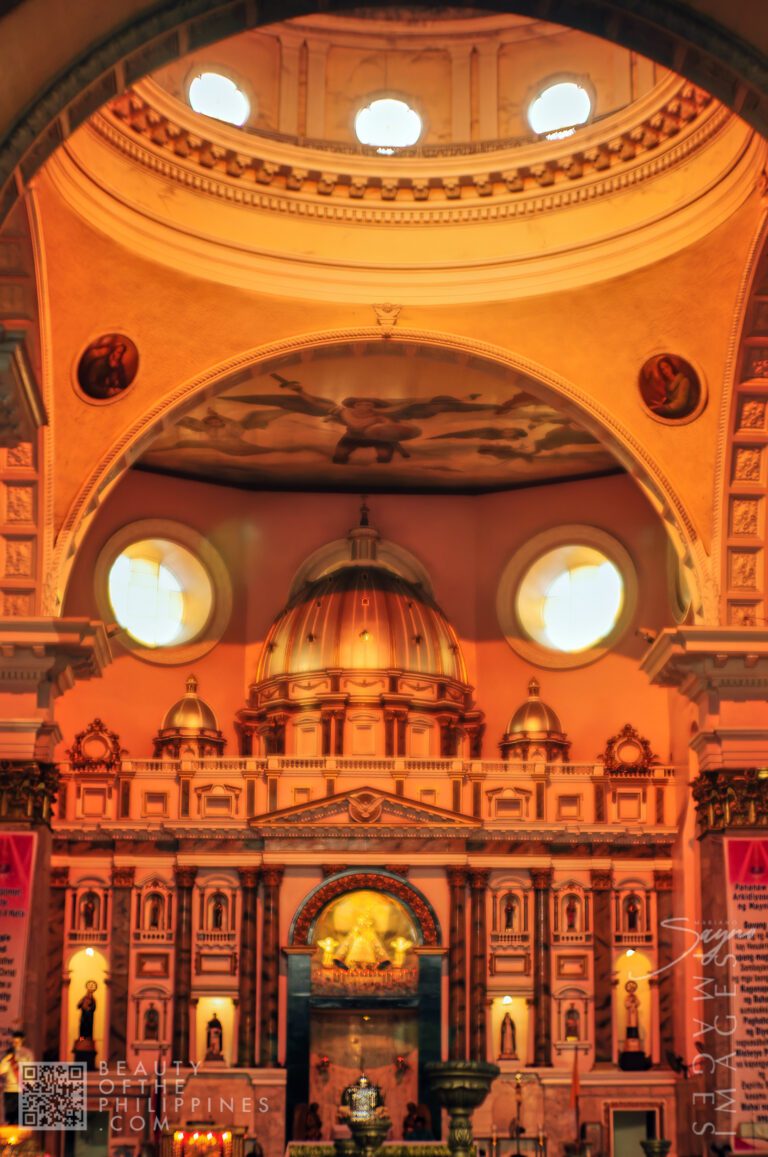
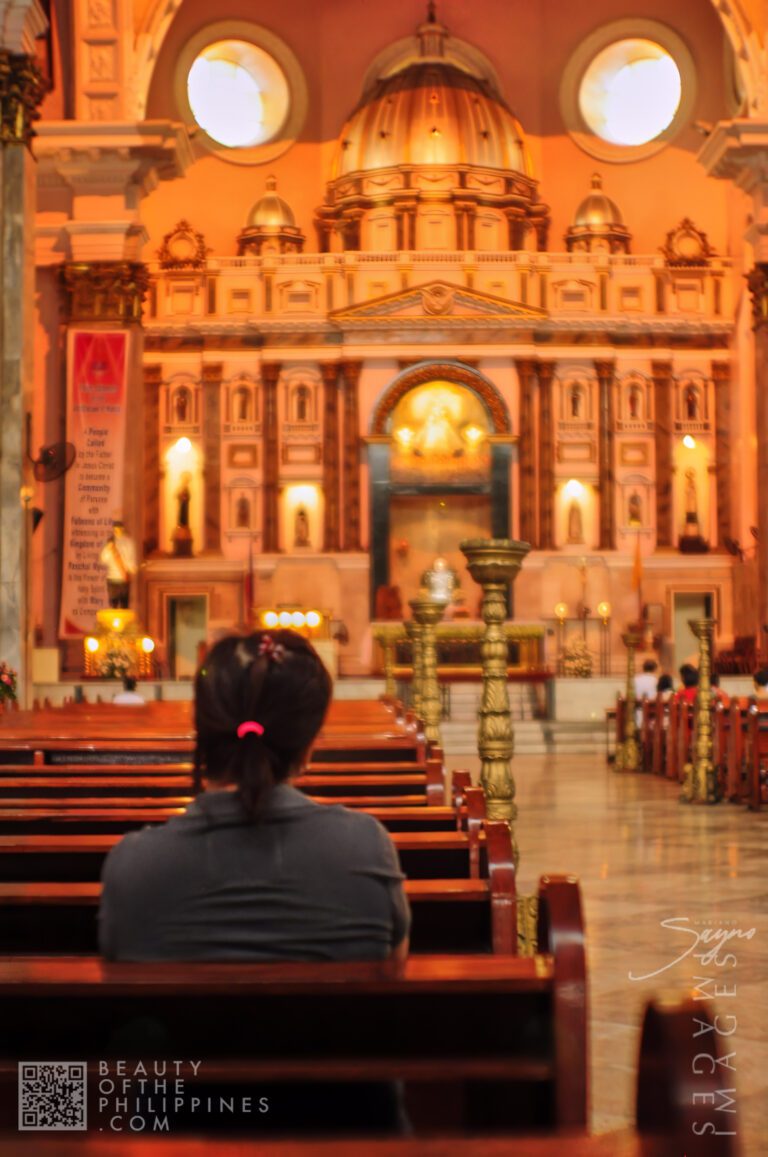
Saint Lorenzo Ruiz, the church’s patron, was born to a Chinese father and a Filipino mother. Educated at Binondo Church, he later embarked on a missionary journey to Japan, where he and his fellow missionaries were martyred for their unwavering commitment to Christianity. His story is a profound testament to his faith and dedication.
In 1987, Pope John Paul II canonized Saint Lorenzo Ruiz, making him the first Filipino saint. A prominent statue of him stands proudly in front of the church, commemorating his legacy and sacrifice. This recognition not only honors his contributions to the Catholic faith but also reflects the enduring significance of his story to the local and global community.
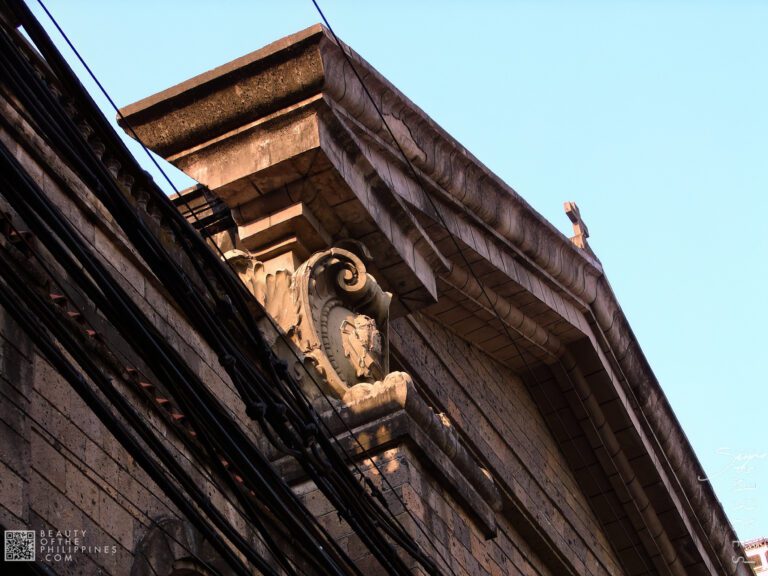
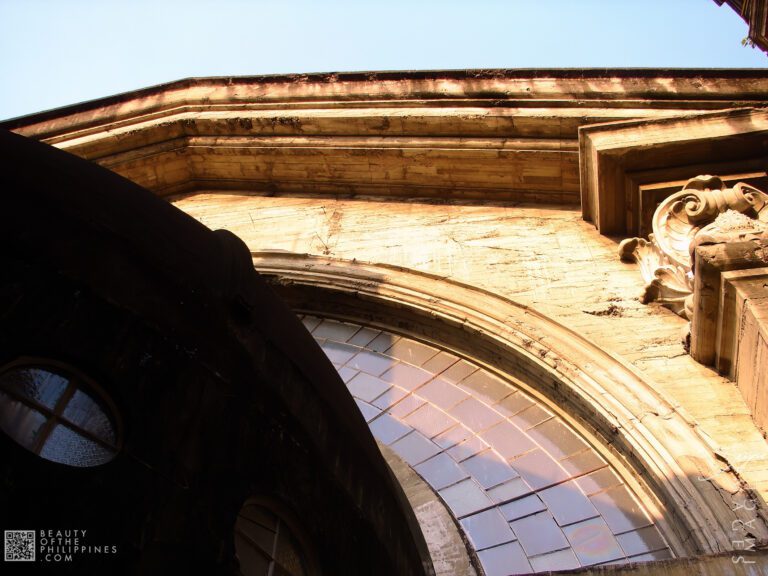
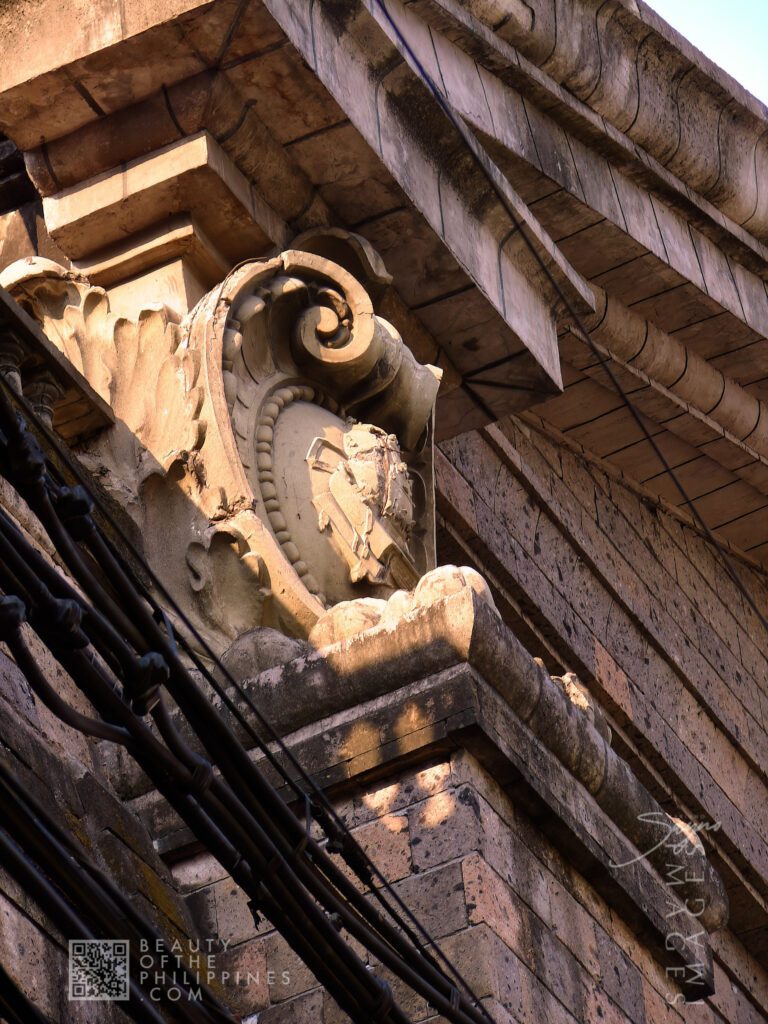
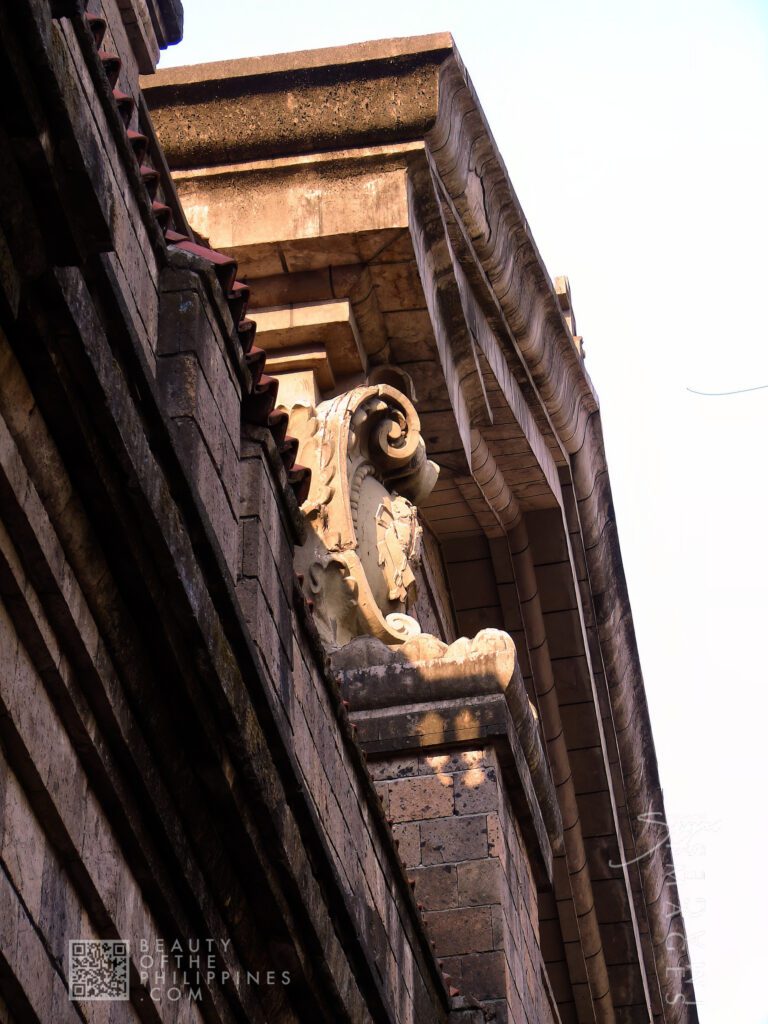
I’m looking forward to the stories and images leaving a lasting positive impression on you, just as they have on me. Stay connected with us on social media for a weekly exploration of travel assignments and breathtaking visuals. Our focus is on championing local tourism, showcasing small businesses, and honoring the magnificence of the Philippines through the content we curate. Join us in spreading the word by clicking the ‘share’ buttons below. Your support means the world to us.
EXPLORE MORE about
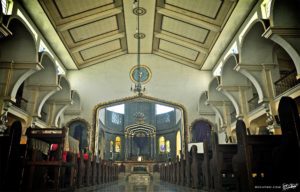
The Polo Church, formally known as the San Diego de Alcala Church, resides in the Polo neighborhood of Valenzuela, Manila. This church has a captivating
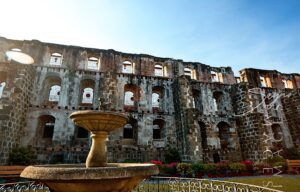
Located within the historic district of Intramuros, Manila, Padre Blanco Gardens—also known as Father Blanco’s Garden—offers a charming and romantic retreat amid centuries-old architecture. This
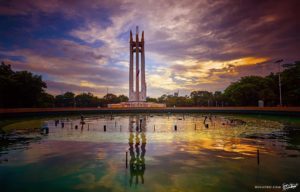
One of Quezon City’s main parks is the Quezon Memorial Circle, which is located in Quezon City and is surrounded by an elliptical road, making
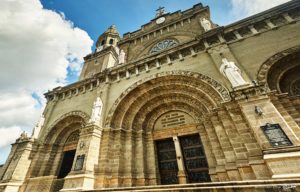
Originally built in 1880, the Manila Cathedral is the current version of the longstanding Church of Manila. It is a masterpiece of architecture that was

In addition to being considered the oldest Chinatown in the world, Binondo Chinatown is also the center of trade and commerce in Manila City. In
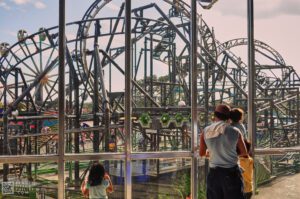
Nestled in the heart of Pasay City within the Cultural Center of the Philippines Complex, Star City stands as one of the premier amusement parks
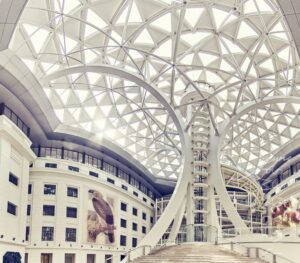
Explore the vibrant tapestry of Manila through its four national museums, each a unique gem in the city’s cultural crown. These four distinguished establishments are

Manila American Cemetery and Memorial is located in the heart of Taguig City on the lands of Fort Bonifacio and serves as the largest grave

As the nation’s first ever world-class marine theme park, Manila Ocean Park is located in Ermita Manila, within the Philippines’ largest urban resort/aqua-themed hotel complex
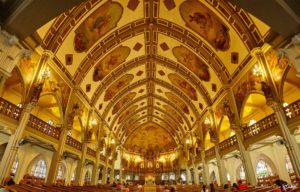
The Manila Abbey San Beda, or formally known as Abbey of Our Lady of Montserrat, is a Benedictine men’s monastery located along the streets of
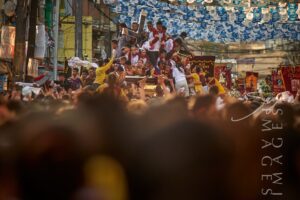
The Nazareno Festival, or the Feast of the Black Nazarene, is one of the most spectacular and deeply moving religious events in the Philippines. Held
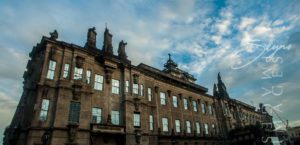
UST, also known as the University of Santo Tomas, is a private Roman Catholic university located in Sampaloc, Manila. It was founded on 28 April

If you’re wandering through the heart of Manila and looking for a place where stories linger and time seems to slow down, Santa Cruz Church
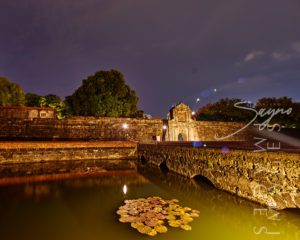
It is also known as the Walled City, and during the Spanish Colonial Period it was synonymous with the city of Manila. Intramuros was also
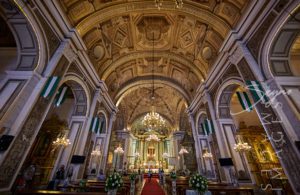
Known as one of the most important baroque churches in the Philippines and as one of the only four baroque churches in the Philippines that
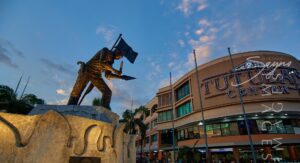
Situated in the heart of Manila, Tutuban Center is more than just a shopping destination—it’s a vibrant mix of history, commerce, and culture that draws

It is the home of the popular Asian elephant, Mali, as well as 90 other species. As well as being a landmark in Manila, the
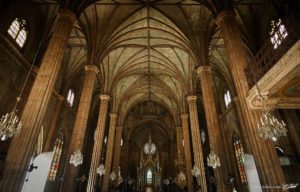
San Sebastian Church is a Roman Catholic Minor Basilica located in Quiapo, Manila. It’s also known as Minor Basilica of San Sebastian or San Sebastian
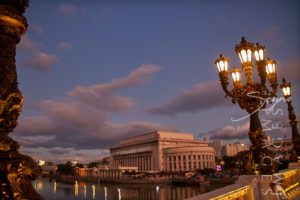
The Manila Post Office, officially known as the Manila Central Post Office, is a distinguished example of neoclassical architecture, originally designed by Juan M. Arellano,

The University of the Philippines Diliman (UP Diliman) is more than just the country’s premier academic institution—it is a historical, cultural, and natural destination worth
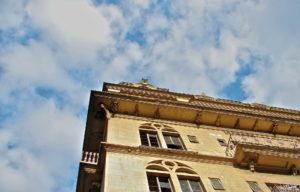
It is always a surprise for buildings, parks and houses to survive such wars as it is almost inevitable that everything will be brought down
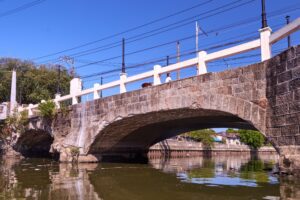
Nestled at the crossroads of Las Piñas in Metro Manila and Bacoor in Cavite, the Zapote Bridge stands as a silent yet powerful witness to

If you’re ever wandering through the lively streets of Manila, one of the city’s must-see spots is the iconic Carriedo Fountain. Nestled in the heart
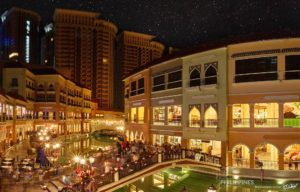
Located in the heart of the Taguig City, the Venice Grand Canal is a lifestyle mall development under the Megaworld Lifestyle Malls Located inside the
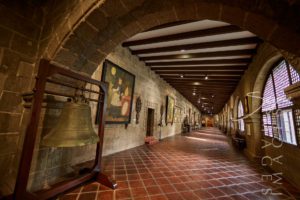
The San Agustin Museum is located adjacent to the UNESCO World Heritage Site, San Agustin Church. It is located in Intramuros—the walled city of Manila—and
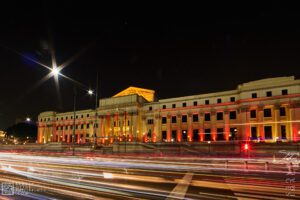
Manila, the vibrant capital of the Philippines, is home to a wealth of cultural and historical landmarks, and among its crown jewels is the National
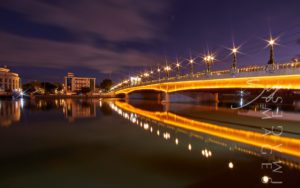
The newly restored Jones Bridge is easily recognizable by its beautifully designed black lamp posts—the same ones that were there when the bridge was first
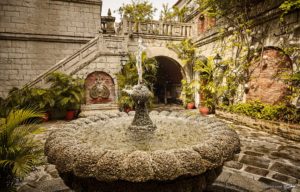
Casa Manila, located in the heart of Intramuros, Manila, is a living museum that transports visitors to the grandeur of the Spanish colonial era. As
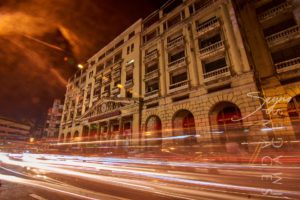
I experienced the vibrant and colorful life of downtown in full. I took some time to appreciate the beauty of Santa Cruz Church and Plaza

The Bonifacio Monument, also called Bonifacio Monumento or Monumento, proudly stands in Caloocan City, Metro Manila. It is a powerful symbol created by the National
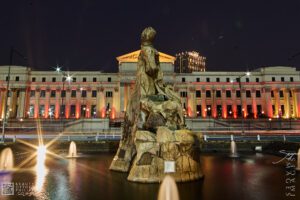
The Gomburza National Monument, located in front of the National Museum of Fine Arts along Padre Burgos Avenue in Manila, stands as a solemn tribute
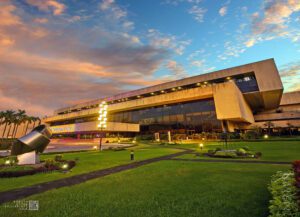
The Philippine International Convention Center (PICC) stands as a monument to the Philippines’ ambition to be a key player on the global stage. With its
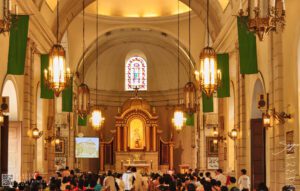
Malate Church stands as a profound symbol of faith, resilience, and artistry, preserving its sacred role and architectural splendor through centuries of triumphs and trials.
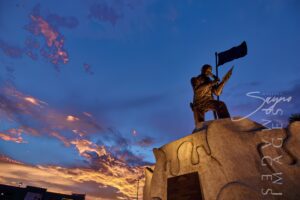
The Andres Bonifacio Birthplace Monument in Tutuban, Divisoria stands as a powerful symbol of Filipino patriotism and a tribute to the courage and leadership of Andres

Nestled in the heart of Quezon City, La Mesa Ecopark stands as a serene sanctuary, offering both a retreat for nature lovers and an educational
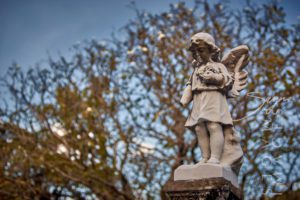
As one of the oldest cemeteries in Manila, Campo Santo De La Loma, commonly referred to as the La Loma Cemetery, is one of the
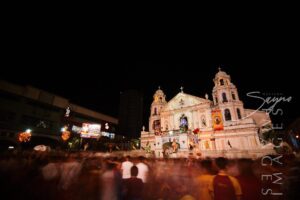
Quiapo, Manila, is home to the historic Quiapo Church, officially known as the Minor Basilica and National Shrine of the Black Nazarene. This revered religious
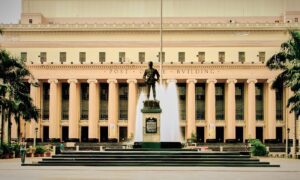
Nestled in the heart of Manila, Liwasang Bonifacio is a place where history, culture, and modern urban life converge. Formerly known as Plaza Lawton, this
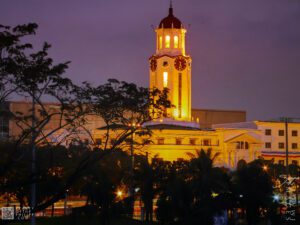
Nestled in the historic district of Ermita, Manila City Hall is more than just the seat of the city’s government—it’s a testament to the rich
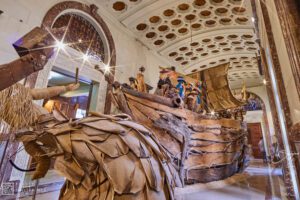
The National Museum of Anthropology, located in the heart of Manila within the National Museum Complex, is a must-visit destination for travelers eager to explore
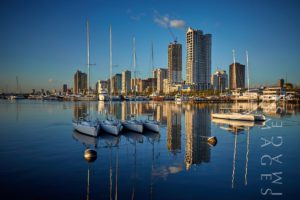
It is considered to be one of the world’s great harbors, the Manila Bay, and it serves as the Port of Manila, Philippines. Having once
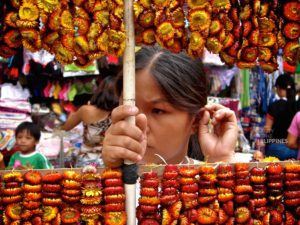
Plaza Miranda is a public square bounded by Quezon Boulevard, Hidalgo Street and Evangelista Street in Quiapo, Manila. It is the plaza which fronts the
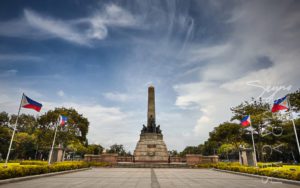
Located along Roxas Boulevard, Manila and adjacent to the century-old walled city of Intramuros, the Luneta National Park, or “Luneta” as many refer to it,
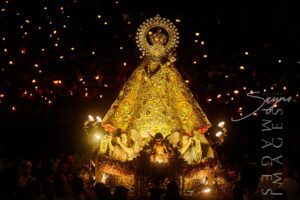
Every October, the vibrant streets of Quezon City come alive with faith, devotion, and rich cultural traditions during the Feast of La Naval de Manila.
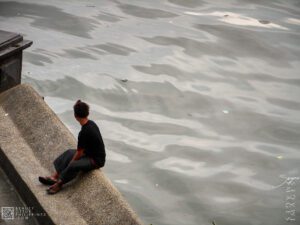
Quezon Bridge, a striking steel arch bridge spanning the Pasig River, is more than just a vital transportation link—it is a historical icon of Manila.
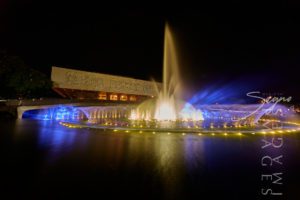
The Cultural Center of the Philippines or CCP was founded in 1966 under the directive of former President Ferdinand Marcos, in order to reinforce and
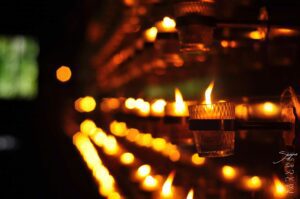
The Padre Pio Chapel, also known as the St. Pio of Pietrelcina Chapel, holds a special place in my heart as a photographer. It revealed
BROWSE BY CATEGORIES